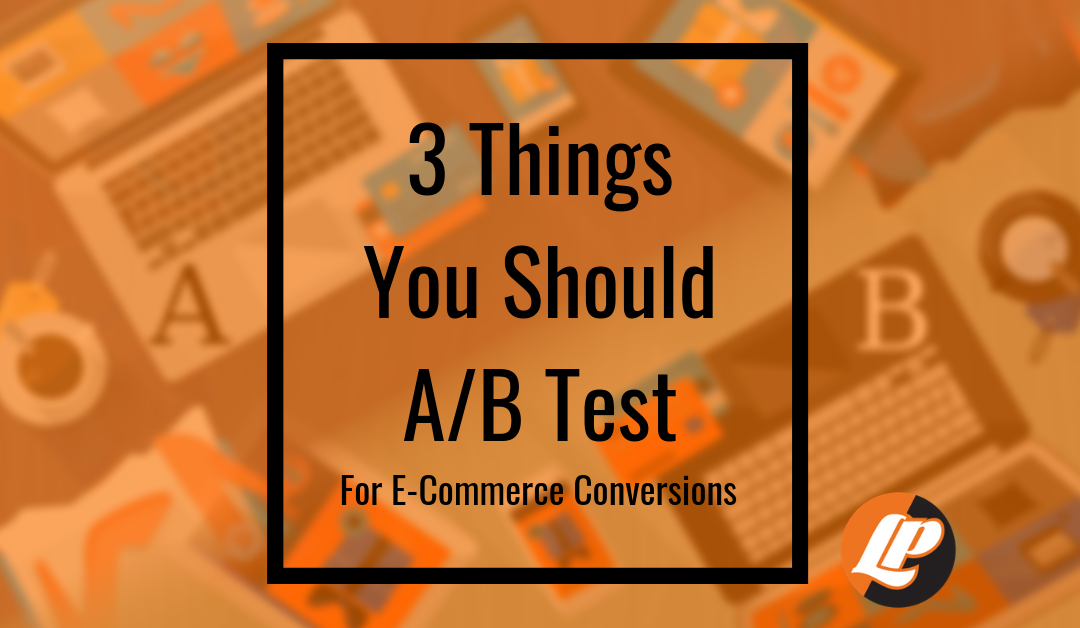Customer journey monitoring. Content personalization. Competitor benchmark analysis. There are many conversion rate optimization tactics that e-commerce business owners can test. So many, that some online business owners end up suffering from analysis paralysis.
When numerous factors can influence the sales rate of your e-commerce company, how do you know where to devote your time? While monitoring factors like usability and multivariate testing are great, there is only so much time you can dedicate to sales optimization. If you are an e-commerce business owner pressed for time, focus your A/B testing efforts on the following three factors for maximum return-on-investment.
Landing Pages
Landing page testing is essential if you want to enjoy improved e-commerce conversion rates in 2019. Savvy online business owners use landing pages to promote new products, spotlight existing products, or highlight items recently reduced in price. Testing your landing pages can have a significant impact on your click-through rates and your cart abandonment rates.
The better targeted your landing pages are, the higher your conversion rates will be as you are narrowing your sales funnel to include only highly-motivated buyers. A/B test the copy you use on your landing pages, the color of your CTA buttons, and the product page to which your landing page leads. Measure results and track performance on the same days of the week to ensure your tests are accurate.
Website
Optimizing your website for conversions is crucial if you want increased sales. Everything from your site’s background color to the font you use can impact your conversion rate. Run strategic tests to understand which website elements influence your sales rates, keeping in mind that testing too many things at once will skew your results. Make sure the testing period is long enough to give you an accurate picture of the results, and then repeat tests to ensure your initial website analysis holds.
Subtle changes can significantly influence email conversions. E-commerce business owners who strategically test factors like subject lines, email copy, and email length will often enjoy higher conversion rates than competitors who automate their email marketing without testing. Even upgrading your email content to include video can influence the rate at which your email outreach converts. Pay attention to the factors that affect your click-through rates the most and track whether those click-through readers lead to sales or not. An engaged email subscriber is excellent, but a buying subscriber is even better!
These are just three of many factors online business owners should test regularly. These aren’t your only options, but if pressed for time, these three A/B might be your best bet. Understand that results can change over time, so it is imperative you run your e-commerce tests regularly. Test, test, and then test again, and you could be on your way to improved sales conversions in 2019 and beyond.
